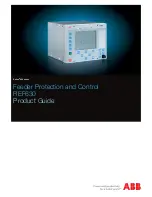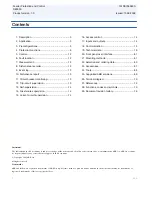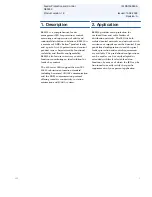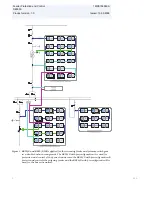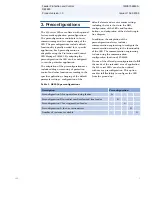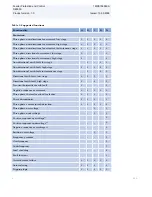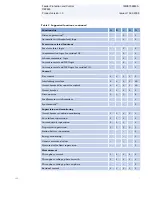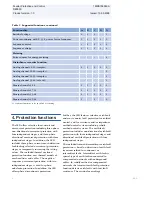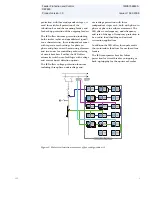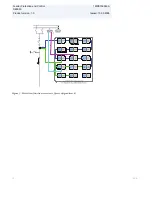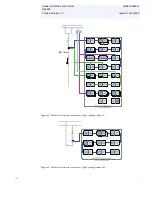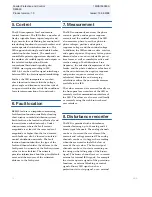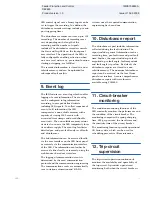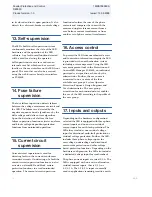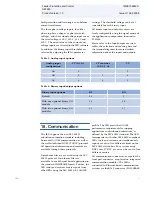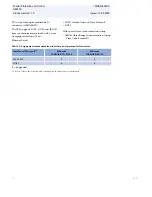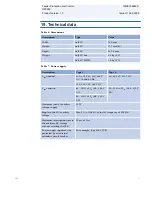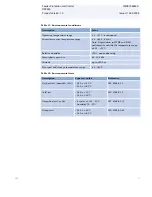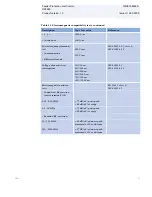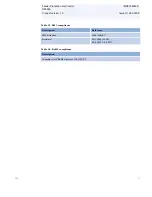
in its closed and in its open position. It also
detects loss of circuit-breaker control voltage.
13. Self-supervision
The IED’s built-in self-supervision system
continuously monitors the state of the IED
hardware and the operation of the IED
software. Any fault or malfunction detected
will be used for alerting the operator.
Self-supervision events are saved into an
internal event list which can be accessed
locally via the user interface on the IED front
panel. The event list can also be accessed
using the web-browser based user interface
or PCM600.
14. Fuse failure
supervision
The fuse failure supervision detects failures
between the voltage measurement circuit and
the IED. The failures are detected by the
negative-sequence based algorithm or by the
delta voltage and delta current algorithm.
Upon the detection of a failure the fuse
failure supervision function activates an alarm
and blocks voltage-dependent protection
functions from unintended operation.
15. Current circuit
supervision
Current circuit supervision is used for
detecting faults in the current transformer
secondary circuits. On detecting of a fault the
current circuit supervision function can also
activate an alarm LED and block certain
protection functions to avoid unintended
operation. The current circuit supervision
function calculates the sum of the phase
currents and compares the sum with the
measured single reference current from a
core balance current transformer or from
another set of phase current transformers.
16. Access control
To protect the IED from unauthorized access
and to maintain information integrity the IED
is provided with an authentication system
including user management. Using the IED
user management tool in the Protection and
Control IED Manager PCM600, an individual
password is assigned to each user by the
administrator. Further, the user name is
associated to one or more of the four
available user groups: System Operator,
Protection Engineer, Design Engineer and
User Administrator. The user group
association for each individual user enables
the use of the IED according to the profile of
the user group.
17. Inputs and outputs
Depending on the hardware configuration
selected, the IED is equipped with three phase-
current inputs and one or two residual-
current inputs for earth-fault protection. The
IED always includes one residual voltage
input for directional earth-fault protection or
residual voltage protection. Further, the IED
includes three phase-voltage inputs for
overvoltage, undervoltage and directional
overcurrent protection and other voltage
based protection functions. Depending on the
hardware configuration, the IED also includes
a dedicated voltage input for synchrocheck.
The phase-current inputs are rated 1/5 A. The
IED is equipped with one or two alternative
residual-current inputs, that is 1/5 A or
0.1/0.5 A. The 0.1/0.5 A input is normally
used in applications requiring sensitive earth-
Feeder Protection and Control
1MRS756380 A
REF630
Product version: 1.0
Issued: 15.09.2009
14
ABB
Summary of Contents for REF630
Page 1: ...Relion 630 series Feeder Protection and Control REF630 Product Guide ...
Page 78: ...78 ...
Page 79: ......

